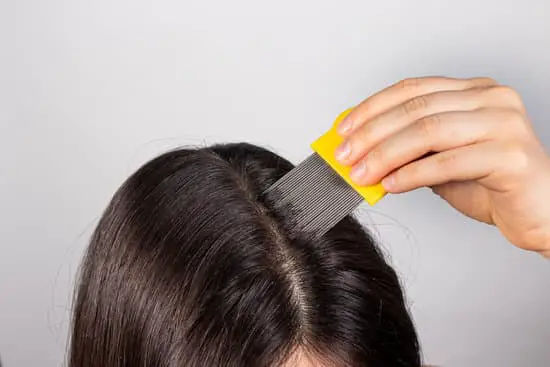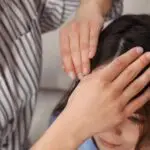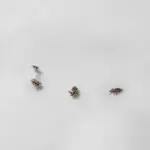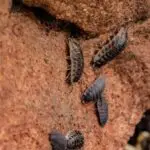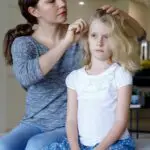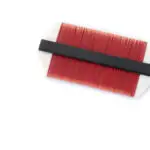How Can Head Lice Infest Your Home?
There are many ways that you can prevent head lice infestations in your home. The most important is to avoid head-to-head contact. This includes not sharing towels, hats, and clothing with an infested person. You should also wash and dry any clothing or bedding that was used by the infested person. You should also clean and disinfect car seats and bus seats. If your child has a car seat, be sure to wash it according to the manufacturer’s instructions. You should also thoroughly vacuum your home.
The biggest risk for head lice transmission is direct head-to-head contact, although transmission can also occur via inanimate objects. However, there is little evidence to support this theory. Preschool children are at the greatest risk, as they often play close together. In addition, those who work in childcare settings and family members of children are at an increased risk. Although head lice are not dangerous to adults, it is important to be careful around children who have close contact with infested persons.
Treatment involves using a prescription medication or over-the-counter treatment. However, lice are becoming resistant to these treatments, making them more difficult to remove. The most common symptom of an infestation is itching, which is a reaction to the saliva produced by the lice. Some people are extremely sensitive to the lice’s saliva, while others develop a tolerance to it. For this reason, you must take action immediately if you suspect an infestation.
